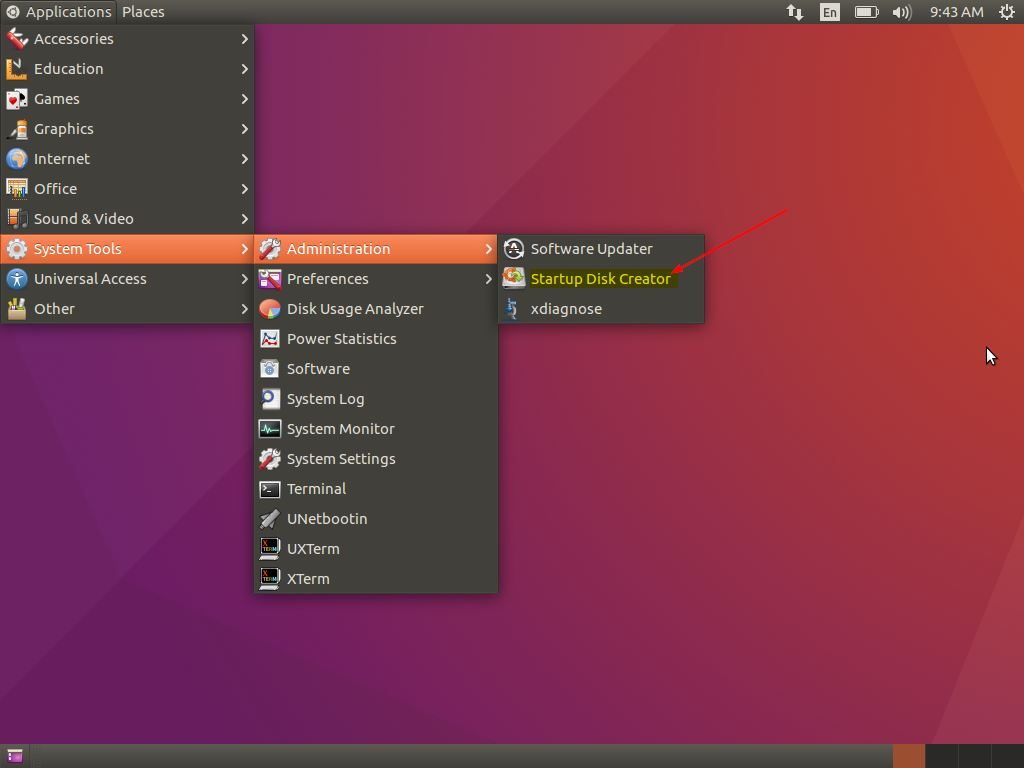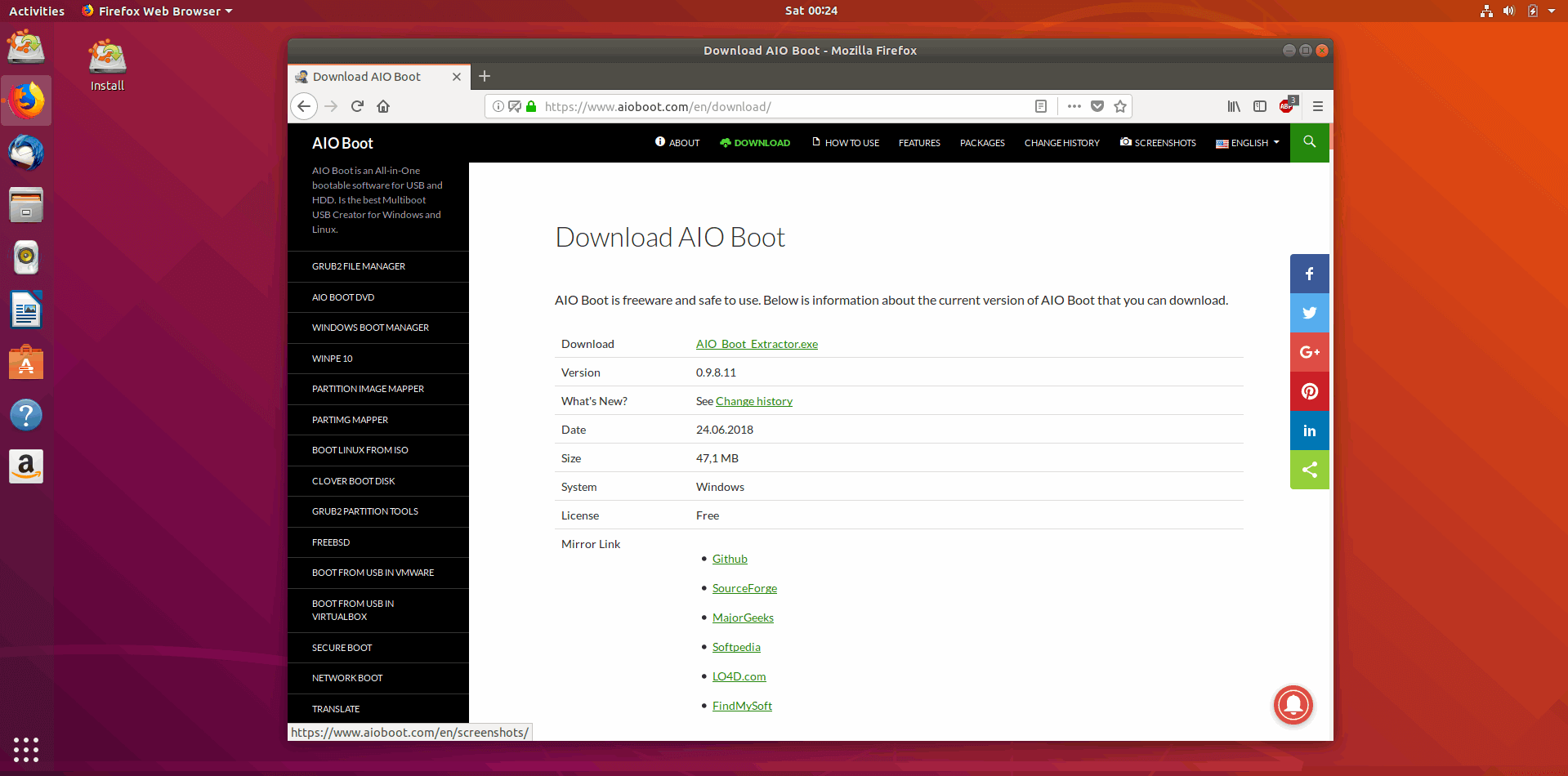
It makes USB and SD card image burning as simple and fast as possible. Etcher is a free and open-source image burner with support for Windows, OS X, and GNU/Linux. Let me show you why Etcher is so awesome.

There is also dd which is a command-line utility but sometimes I do really prefer a GUI and dd can be devastating if you are not very careful. The very popular Unetbootin works most of the time but it is in no way as robust as Rufus. So I have been looking for similar tools on Linux but they always seem to be unreliable sometime. But the problem with Rufus, it requires Windows. For a long time, I have resorted to Rufus on Microsoft Windows as my most trusted USB ISO MAKER, and for all these times, I must confess, it has served me well. I always need to have these tools at my disposal as I am always testing out distros. Also, you can go ahead and contribute to github with patches.Įditor’s note: The Fedora Project also provides multi-platform command line instructions for creating live-USB media.So for a distro hopper like me, one very useful tool is USB-ISO-MAKER.


You can go ahead can test the basic test cases and post your karma here. Hit “Create Live USB” and wait for it to download and write Choose your favorite Fedora flavor (or other operating system)ģ. When you run Fedora Media Writer, you should see a dialog like this:Ģ. You can download it here and execute liveusb-creator.exe with admin privilegesįor both Windows and Linux, it works in exactly the same way. Since RHEL was recently made freely available to all developers, you can download the ISO to use with the Fedora Media Writer. Fedora Media Writer is a very small, lightweight, comprehensive tool that simplifies the linux getting started experience – it downloads and writes your favorite Fedora flavor onto a USB drive, which can be later used to boot up any system.Įditor’s note: This also means you can now create Red Hat Enterprise Linux (RHEL) LiveCDs in just a few minutes. This post will provide a quick tutorial about Fedora Media Writer, and its usage in both Fedora and Windows.


 0 kommentar(er)
0 kommentar(er)
